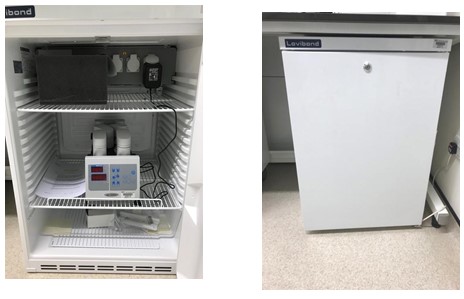It is known that naturally contained in water layers organic substances are subject to bacterial destruction. Aerobic microorganisms use molecular dissolved oxygen for their own metabolic processes, and as a product of synthesis, emit carbon dioxide (CO2). In other words, dissolved oxygen actively diverges into oxidation, which reduces its concentration in water over time. Thus, by measuring the oxygen level in a water sample, it can be determined the activity of bacteria and the concentration of organic matter: the more oxygen is consumed, the more organisms absorb it. (Hang, 2017). A quantitative measure of this fact is biochemical oxygen demand or BOD.
The essence of the method of measuring BOD is to establish the concentration of molecular oxygen in the water sample immediately after the selection and after incubation periods (5, 7, 10, or 20) of the sample (UmweltBundesamt, 2017). The microorganisms that have absorbed oxygen emit carbon dioxide captured by the added amount of potassium hydroxide. This causes changes in pressure, which is recorded by the device.
Procedure
Sample Preparation
- Water samples should be brought to the target pH value (6.5-7.5) by adding the required amount of low concentrated (1 M) solutions of sulfuric or hydrochloric acid;
- The sample should be homogenized by mixing and filtration, if necessary.
- The representative volume of the material is placed in an empty, clean measurement container.
- In order to eliminate unwanted nitrification, inhibitor B is placed in the solution, the mass of which is set by the standards depending on the range to be determined.
- Next, 3-4 drops of 45% solution of potassium hydroxide are added to the sealing lining, and a magnetic anchor is placed in the sample.
- The required temperature of the sample can be set by heating it in a thermostatic cabinet.
- Container caps are tightly screwed, it is important to achieve absolute tightness of the system.
Measurements
- BOD Direct™ sensors are placed directly on the water sample so as to avoid air ingress or removal. Airtightness is the main measurement process.
- Molecular oxygen is measured automatically.
- The samples are incubated during a set period. this can be 5, 7. 10, or 20 days. During this period, the bacteria actively consume oxygen.
- Once a specific deadline is reached, the measurement is repeated as described in steps 8.
- The numerical data are recorded in the table and the total biochemical oxygen consumption is calculated.

References
Hang, Yong D. 2017. “Determination of Oxygen Demand”.
UmweltBundesamt. 2017. “Final Report.”